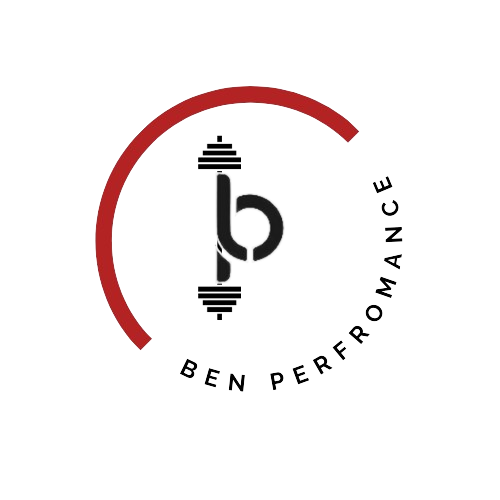Improving Athletic Performance: 3 Essential Gym Training Tips
If you are an athlete committed to improving your performance, it's important to tailor your gym training to the specific demands of your sport. Unfortunately, many athletes unknowingly adopt powerlifting and bodybuilding approaches, hindering their athletic potential. To elevate your game – whether it's jumping higher, running faster, or becoming more agile– consider these three essential tips for effective gym training:
1. Focus on Single-Leg Training
In most sports, movements predominantly occur on one leg. Unilateral movements are key whether you're sprinting, kicking, diving, or jumping. Integrate exercises that isolate each leg, as this not only enhances balance but also targets smaller stabilizing muscles. Unilateral training addresses imbalances, preventing compensations often observed in bilateral exercises. Moreover, it requires less weight and technical skill, promoting better form and reducing the risk of injuries.
2. Plyometrics for Explosiveness
Your body adapts to the demands placed on it during training. If you train at slower speeds, your body will adapt to move at slower speeds. To enhance speed and vertical prowess, incorporate exercises that require speed and explosive power. such as plyometrics Plyometrics capitalize on the body's spring system, requiring you to generate force at a high rate. Engage in repetitive jumps, skater jumps, skipping, and sprinting to develop explosiveness and improve your athletic capabilities. In simple terms, train fast to be fast.
3. Lower Reps, More Power Training
Athletes thrive on explosiveness, which demands the ability to generate significant strength in a short timeframe. Resist the temptation to stick solely to the 8-12 rep range for 3-5 sets; this aligns more with bodybuilding goals. Instead, focus on compound exercises with lower reps (3-6) and sets (3-5) to build strength and power. Once a solid strength base is established, introduce speed by maintaining a lower rep range but decreasing the weight and increasing the speed. Power training should be the focus of your training sessions if you want to get faster and more explosive.
By incorporating these strategies into your gym routine, you'll be aligning your training with the demands of your sport, ensuring a pathway to optimal athletic performance

